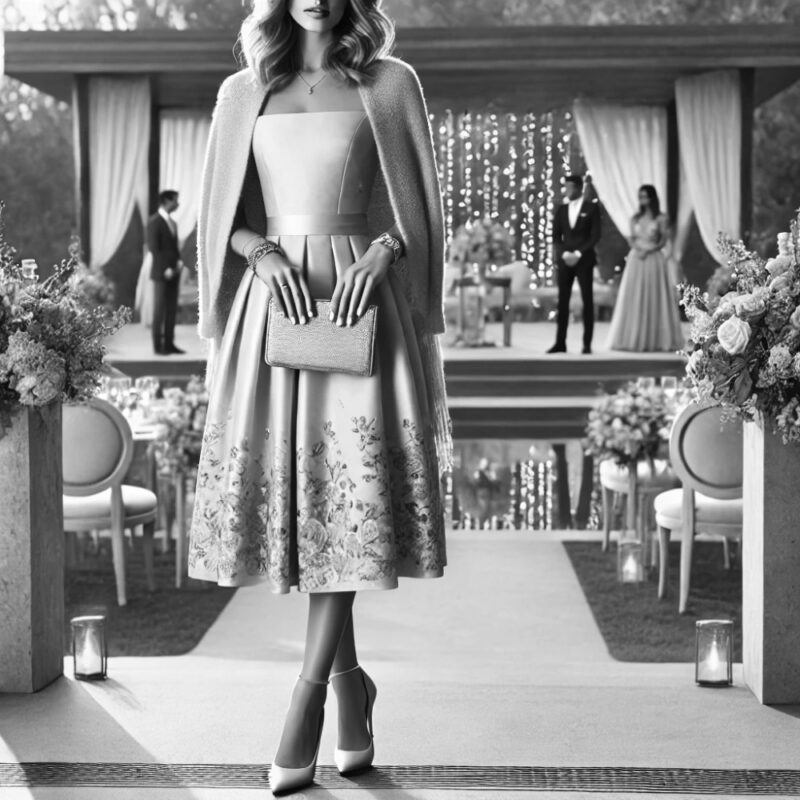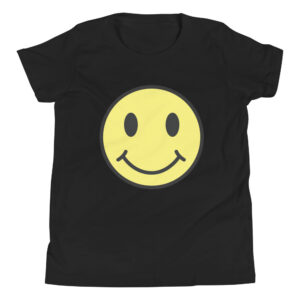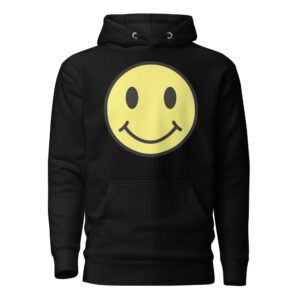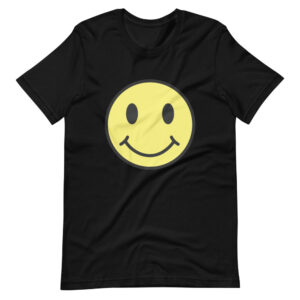Fashion Rules Every Wedding Guest Should Follow
Attending a wedding is an exciting occasion, but figuring out what to wear can be tricky. Dress codes vary by venue, season, and formality, making it essential to choose an outfit that respects the couple’s wishes while keeping you stylish and comfortable. Following a few key wedding guest attire rules ensures you look appropriate and feel confident throughout the event.
Understand the Dress Code
Most wedding invitations include a dress code, providing a clear guideline for what to wear. Here’s what each dress code typically means:
- Black Tie: Formal evening gowns or floor-length dresses for women; tuxedos for men.
- Formal or Black-Tie Optional: Floor-length dresses, elegant midi dresses, or sophisticated cocktail dresses for women; dark suits or tuxedos for men.
- Semi-Formal: Knee-length or midi dresses for women; dress pants with a blazer or a suit for men.
- Casual: Light, breezy dresses or dressy separates for women; slacks with a button-down shirt for men.
If the invitation doesn’t specify a dress code, consider the venue and time of day. Evening weddings tend to be more formal, while daytime ceremonies are usually semi-formal or casual.
Avoid Wearing White
One of the most well-known wedding etiquette rules is to avoid wearing white. White, ivory, and champagne shades are traditionally reserved for the bride, so it’s best to opt for other colors to prevent any confusion. If you love lighter hues, consider soft pastels, floral prints, or neutral tones with a distinct contrast to bridal wear.
Be Mindful of the Season
Dressing appropriately for the season ensures both style and comfort:
- Spring: Light fabrics, floral prints, and pastel colors work well for outdoor weddings.
- Summer: Breathable fabrics like linen and chiffon help keep you cool. Avoid heavy layers.
- Fall: Rich colors such as burgundy, emerald, and navy complement the season. Layer with a stylish shawl or blazer.
- Winter: Velvet, wool, or heavy silk fabrics keep you warm. Darker tones and metallic accents suit the festive atmosphere.
Respect Religious or Cultural Traditions
Some weddings may include religious or cultural customs that influence dress expectations. If attending a ceremony at a church, temple, or mosque, modest attire may be required, such as covered shoulders or longer hemlines. Destination weddings with cultural influences may have specific attire suggestions, so checking with the couple or doing some research beforehand is a good idea.
Choose the Right Footwear
Comfortable yet stylish shoes are essential for a wedding, especially if there will be lots of standing, dancing, or walking on uneven surfaces. Consider these options:
- Outdoor weddings: Wedges or block heels prevent sinking into grass or sand.
- Formal indoor weddings: Classic pumps or elegant heels elevate your outfit.
- Casual or beach weddings: Dressy sandals or flats offer a chic yet practical choice.
If wearing heels, consider bringing foldable flats to switch into for the reception.
Keep Accessories Elegant and Balanced
Accessories can enhance your look, but it’s important not to overshadow the couple’s big day. Keep it balanced:
- Opt for classic jewelry instead of oversized statement pieces.
- Choose a sleek clutch or small handbag rather than bulky purses.
- If wearing a hat or fascinator, ensure it complements your outfit without being distracting.
Avoid Anything Too Casual or Overly Flashy
Even if the wedding is casual, avoid overly relaxed attire like jeans, sneakers, or anything too revealing. On the other hand, flashy sequins, neon colors, or loud prints can be distracting. Aim for a polished and elegant look that aligns with the occasion.
Wedding Guest Style Done Right
Dressing appropriately for a wedding shows respect for the couple while allowing you to enjoy the celebration in style. By following these simple attire rules, you can confidently choose an outfit that is both fashionable and fitting for the occasion.






